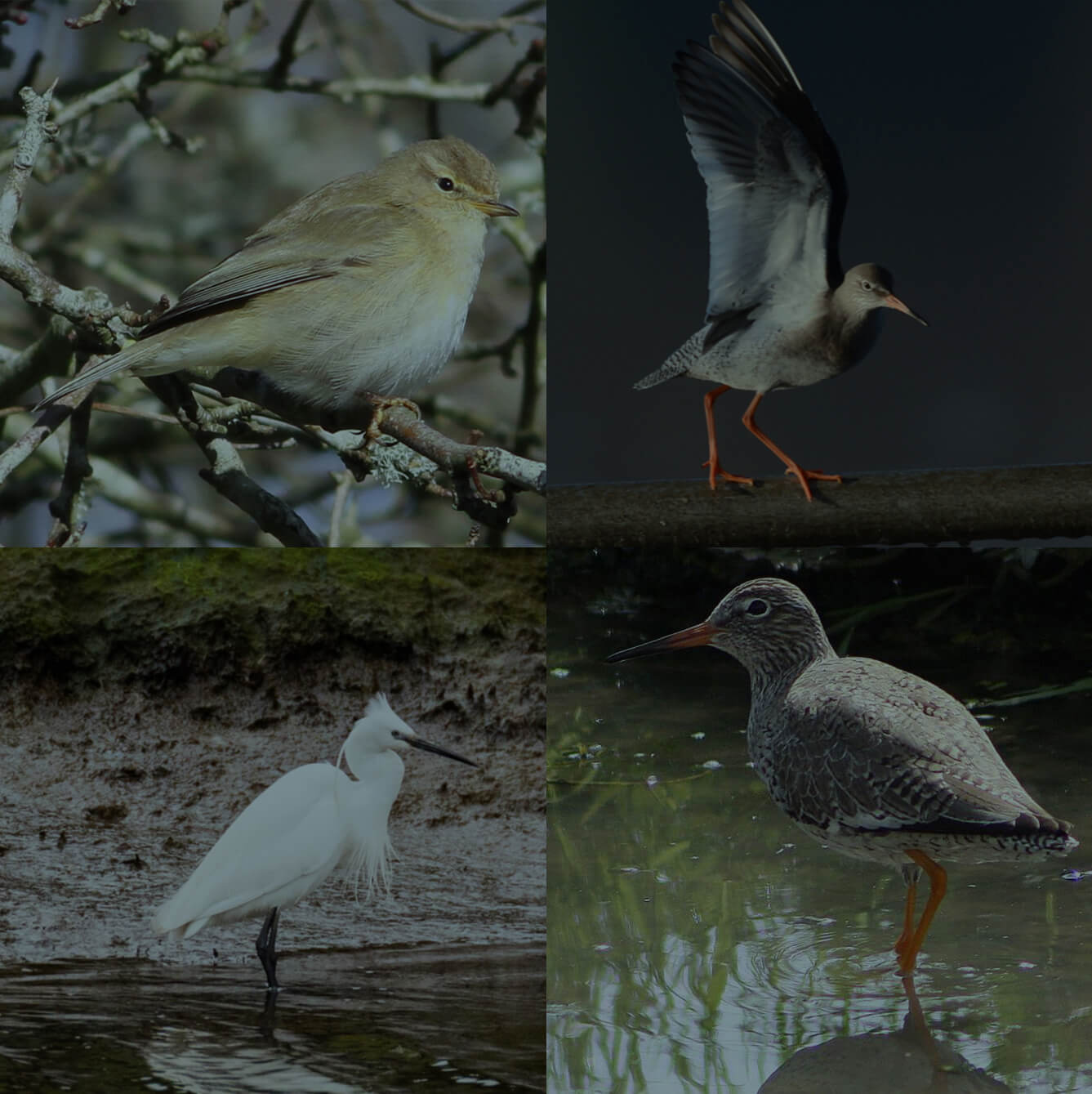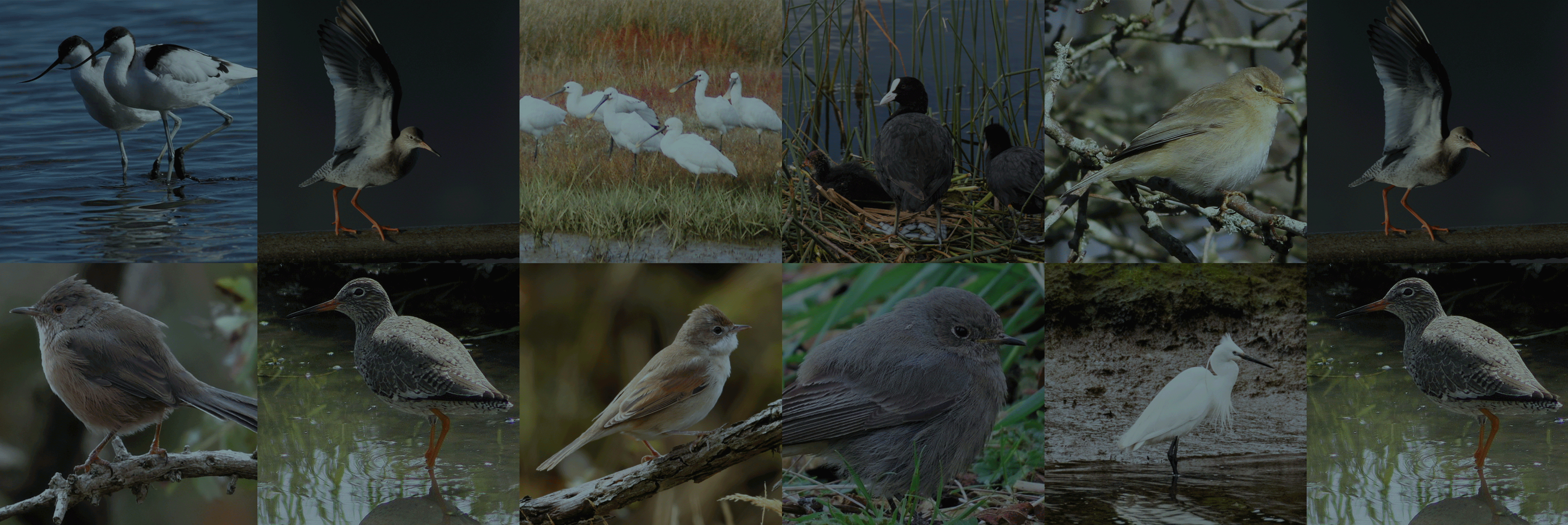An official account of all species that have been recorded and reported by birdwatchers and naturalists in the Poole Harbour area since records began.
The data for this list has been extracted from various sources, but George Greens 'The Birds of Dorset', Mansel-Pleydell's Birds of Dorsetshire, Naylor’s reference manual of rare birds and the back catalogue of Dorset bird reports have provided most information. Data is currently still being researched and records will be updated accordingly.
You can view this information in two different ways. Our alphabetical list provides information on the status of each species within the harbour, finder dates and names, photos and favoured locations. By clicking on the Systematic List button you will be presented the full Poole Harbour systematic list which includes status of species, pending records and historical accounts.
To date, 333 species have occurred and have been accepted within the Birds of Poole Harbour boundaries. A further 11 distinct subspecies have also been seen. In addition, we have two species/subspecies which have been recorded, but are awaiting acceptance by the appropriate records panel.
There are a handful of historical records, for which there is currently insufficient information to allow their inclusion onto the Poole Harbour list, but are believed to be genuine records. They are listed at the end of the list.
Finally, there are a number of feral or escaped species that have been recorded within the Birds of Poole Harbour boundaries. They are included for completeness, but are not included on the Poole Harbour list.
We would be interested in hearing details of any species that do not appeared on this list.
The Birds of Poole Harbour systematic list is a PDF which you can view by clicking on the button below. It was last updated on December 2019.
Full Poole Harbour Systematic List
Swallow
Latin Name
Hirundo rustica
Status
Summer Visitor & Passage Migrant
Site And Records Information
Breeds all around the harbour with Arne, Upton Country Park, Studland, Lytchett Bay, Ridge and Slepe being regular sites. On passage large roosts of up to 10,000 have been recorded roosting in Poole Harbour reedbeds, but 500-1000 is more usual. Autumn passage runs all the way through September and October and sometimes into November. A Swallow seen from a public bird boat feeding over the Brownsea Quay on December 15th 2015 was pretty amazing. Upon arrival in spring, Swineham GP and the Poole Park Boating lake seem to see the first arriving Swallows as they feed up on flies before moving on.
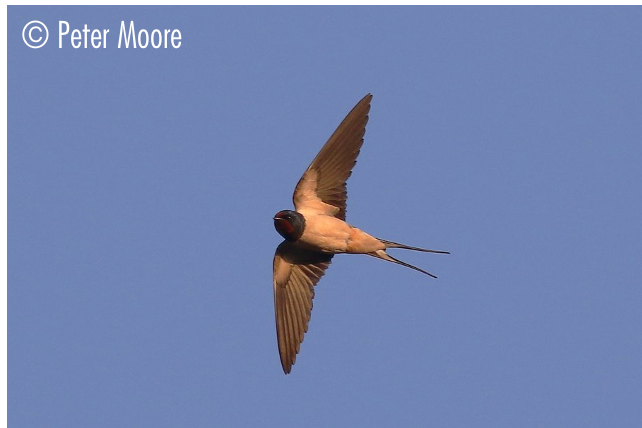
Swift
Latin Name
Apus apus
Status
Summer Visitor & Passage Migrant
Site And Records Information
Once common in large numbers above Old Town Poole and Wareham, now seen in much smaller numbers. Large groups of up to c200 birds can still be seen feeding above Swineham GP and Wareham Water Meadows on passage. Recently in June 2012, 750+ Swift were recorded feeding over Poole Park lakes. Their screaming calls over Old Town Poole in mid-summer are always a welcome sound.
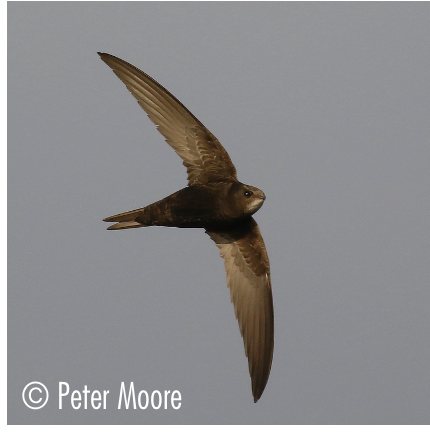
Tawny Owl
Latin Name
Strix aluco
Status
Resident
Site And Records Information
Found throughout the harbour, recent breeding sites include Lytchett Bay, Arne, Upton CP, Upton Heath, Lytchett Minster, Stoborough, Studland and Brownsea, but this only paints a tiny picture of their true numbers around the harbour. Most calling activity begins in September and builds through the autumn and early winter. Young can frequently be heard calling from various woodlands through June and July.
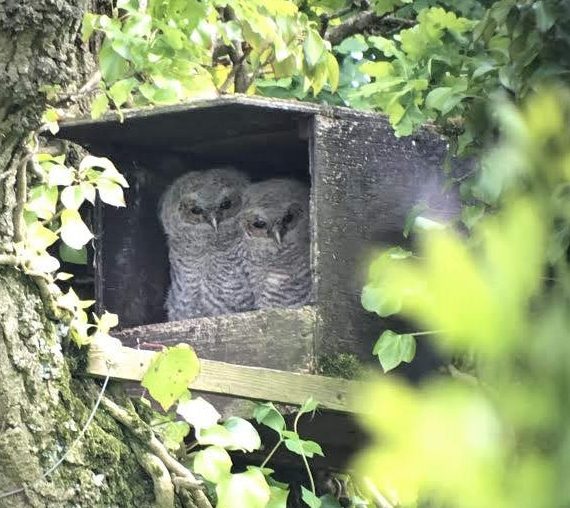
Tawny Pipit
Latin Name
Anthus campestris
Status
Vagrant
Site And Records Information
Nationally Tawny Pipit has become a much scarcer bird in the UK compared to 10 years ago. Records across Dorset are now very rare and Poole Harbour has only two records. They’re more likely to occur during August and September but there are some Dorset spring records. Learning their flight call will help identify Tawny Pipit as this is often how it gives its presence away.
1 on 6th August 2000 at Ower
1 on 14th September 2017 flew along the Brownsea quay and then the sea wall, heading towards Baiter. Calling and flying low heading north (M&M Constantine)
1 on 25th August 2019 over Hartland Moor (P.Saunders)
Teal
Latin Name
Anas crecca
Status
Resident
Site And Records Information
Teal have benefited by improved environmental standards in Holes Bay, Lytchett Bay and Hatch Pond. Over the past thirty five years things have improved beyond recognition, with visible tipping of prams, tyres and the more insidious disposal of chemicals or other local manufacturing waste that Holes Bay and Hatch Pond was notorious for completely ceasing. In 1967 for example Dixon said Holes Bay “contains very few wildfowl”, but now during the winter between 600 and 700 are regularly counted in Holes Bay alone. Overall we have between 2000 – 2500 throughout the harbour most winters with January and February being the best months. So roughly half of the Counties birds’ winter in the harbour, this having risen over the past sixty years, this is of National importance in winter. The harbour maximum is 3837 in January 2015. The average 5-year winter total population is 3265 per winter
Teal are very secretive once breeding. Any visit to Little Sea or Holes Bay around dawn in March and early April are full of the sounds of displaying Teal. What happens then is a mystery. In the county “Breeding is largely confined to the Poole Harbour area and the East Dorset Heaths” according to Prendergast and Boys and this is still the case. Teal has successfully bred on Brownsea East Lake with 6 young in 2000, and to 10 pairs bred on Studland in 1995, a pair bred on Ham Lake in 2002, at Lytchett in 1985 and on Arne in 1995. Its probably reasonable to suggest that successful breeding pairs are often missed.
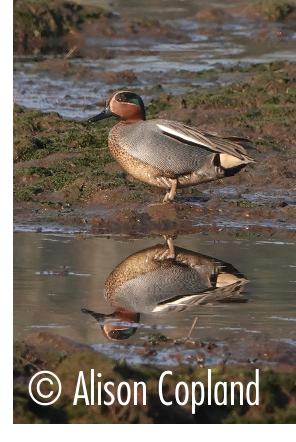
Temminck’s Stint
Latin Name
Calidris temminckii
Status
Vagrant
Site And Records Information
Should be more regular than it is with only 3 Poole Harbour records. Temminck’s Stint are an annual spring migrant in the east of the country, with c15 records per year, so all we need is an easterly air flow during May and we could see more arrive at sites like Lytchett Fields, Holton Pools, Sunnyside Pools and the Brownsea Lagoon.
1on 14th September 1995 on the Brownsea Lagoon
2 on 15th May 2004 on Swineham GP
1 on 17th May 2014 at Lytchett Bay (P.Morton)
1 on 19th & 20th May 2020 at Swineham Scrapes (P.Moore)
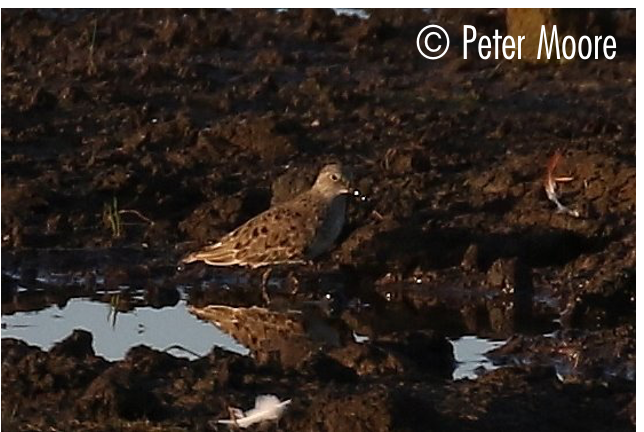
Terek Sandpiper
Latin Name
Xenus cinereus
Status
Vagrant
Site And Records Information
A much sought after bird in Dorset and Poole Harbour with only one record from 1974. This ‘funky’ looking wader would make any birders spring.
1 from 6th May to 9th May 1974 on Brownsea Island
Tree Pipit
Latin Name
Anthus trivialis
Status
Summer Visitor & Passage Migrant
Site And Records Information
Once a wide spread breeding bird, it is now very much localised to only a few sites. Arne, Stoborough, Slepe Heath, Grange and Holton Lee have all had recent breeding records. Regularly seen as an autumn passage bird as it lets out a thin high pitched ‘szeeet’ as they fly high overhead early in the morning. Being a night migrant, during peak passage in late August several hundred can fly over Poole Harbour in a single night.
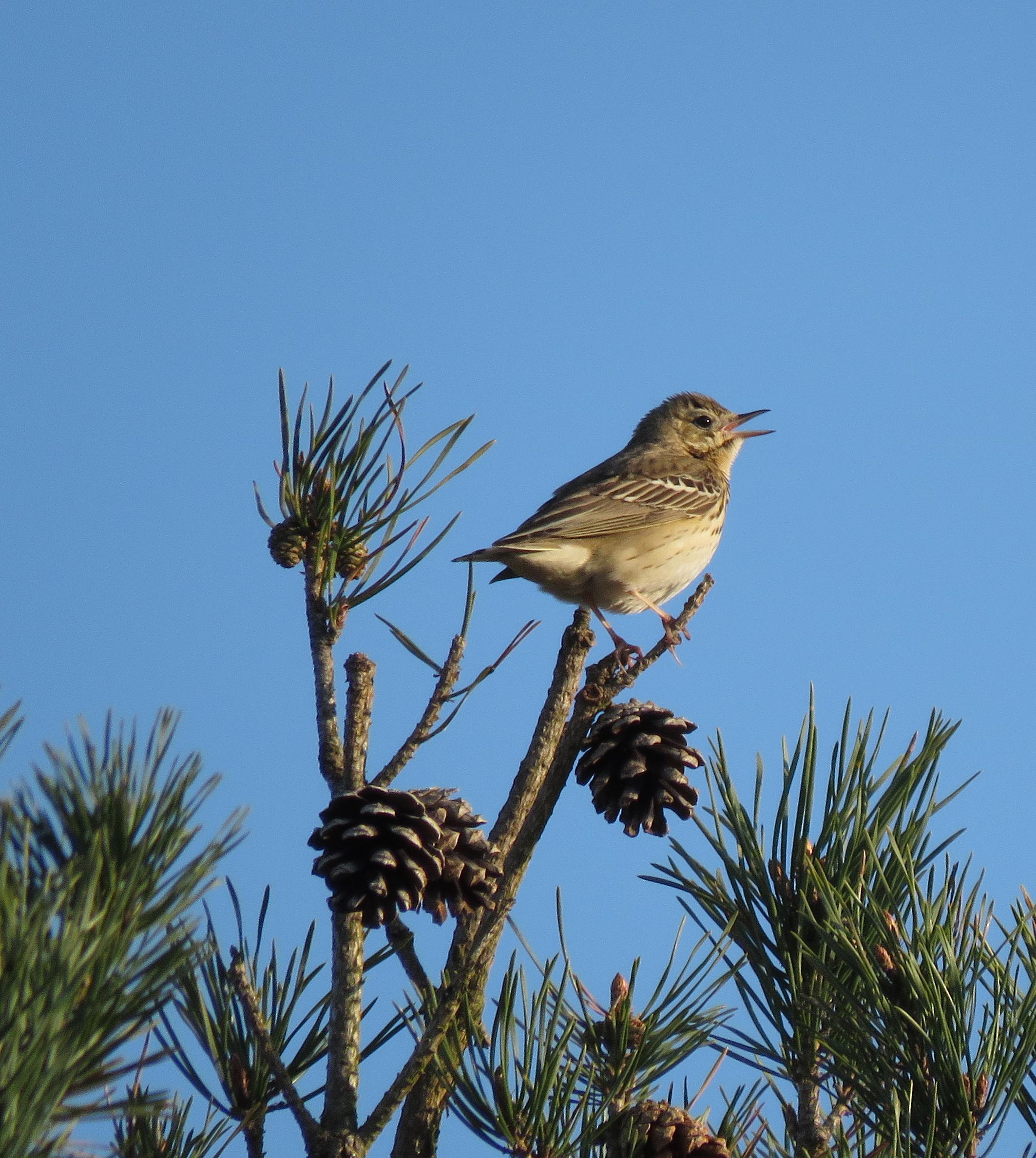
Tree Sparrow
Latin Name
Passer montanus
Status
Scarce Passage Migrant
Site And Records Information
An incredibly difficult bird to see in Poole Harbour these days. Probably best to try a good ‘vis mig’ site such as South Haven, Ballard or Glebelands. Birds have occasionally settled at sites like Studland, East Stoke and Swineham. There was a county wide influx in the early 1960’s comprising of over 100 birds within the boundaries. Sadly it’s now an extinct breeding bird in Dorset but efforts to try and restore the breeding populations will hopefully see it return within our Poole Harbour boundary. In 2023 Cirl Bunting started breeding in Dorset again Corn Bunting numbers across Dorset also increased, so do we dare to see Tree Sparrow back breeding again in Poole Harbour?
Treecreeper
Latin Name
Certhia familiaris
Status
Resident
Site And Records Information
Similar distribution to Nuthatch with Arne, Holton Lee and Upton Country Park being top spots, but anywhere with suitable mature deciduous woodland habitat will host birds. Will readily join in mixed tit flocks in autumn as they move through the woodland.
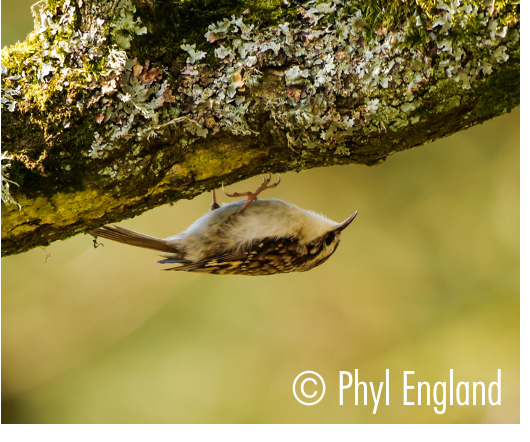
Tufted Duck
Latin Name
Aythya fuligula
Status
Resident
Site And Records Information
Along with most duck species in the harbour Tufted Duck increased over the last sixty years but has now been declining over the last decade. Around a couple of hundred birds are thought to use the harbour.
At one time flocks of 200 were present on Poole park lake in winter but this seems to have stopped, one assumes in connection with the councils policy of draining the lake for periods of time.
Obviously cold weather influxes bring the highest numbers this was particularly true for the winter of 1962/63 when an amazing 3200 were counted in the harbour on the 17th February 1963. a county record!
Recent high single place counts have been 204 in Parkstone Bay on 12th Feb 1991 and 195 in Holes Bay on 22nd Feb 1991. These totals are also probably the result of cold weather movements
First bred on Brownsea in 1970 rearing 3 young and then up to four pairs most years up to 1996. “Brownsea West Lake 1 pair with 8 young on 4th August 1996…2 young 04 any info after 96 do you think it breeds anywhere else?.
Little Sea used to have large wintering numbers, but the introduction of Carp in to the lake seems to have had an affect on duck numbers as a whole. Swineham GP, Holes Bay, Hatch Pond, Poole Park and Brownsea Lake are all reliable sites. At one time up to 200 birds could be present at Poole Park alone but sadly the current 5-year winter average is now only 74 across the harbour each winter.
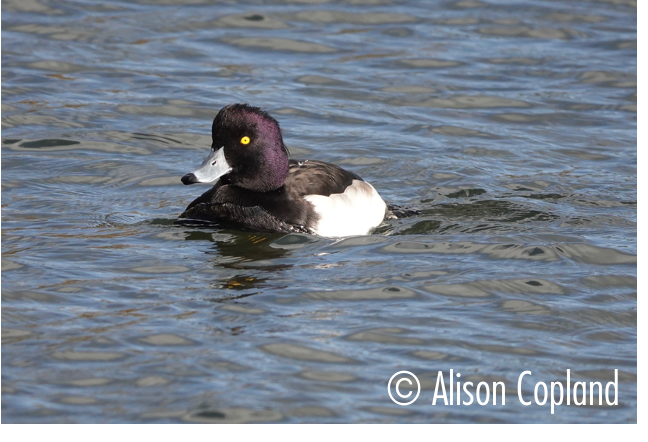
Turnstone
Latin Name
Arenaria interpres
Status
Passage Migrant & Winter Visitor
Site And Records Information
This is the only species where Baiter Beach is a main site with around 10-20 feeding throughout the winter. Can also be encountered at very close range on the Quay at Poole where they feed on bread crumbs like Sparrows! Can also be encountered on the beaches at Bramble Bush Bay, Brands Bay and at Shore Road. On spring and autumn passage they can drop in at site like Lytchett Fields and the Brownsea Lagoon where they can be seen in the summer finery.
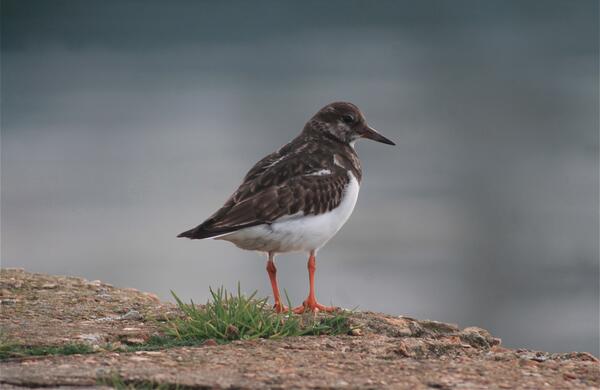
Turtle Dove
Latin Name
Streptopelia turtur
Status
Scarce Passage Migrant
Site And Records Information
Suspected to have never been common in the harbour, Turtle Dove only show up very sporadically. Ballard Down and the top of Glebelands are good historical sites. Only one definite record of breeding which came from Brownsea in 1967. They were suspected of nesting on Hartland Moor in 1979 and were singing on Studland Heath in 1972 and 1973 and at Corfe Castle in 1998.
Before Mediterranean hunting took such a toll, flocks of migrating birds could be found, 50 to 60 on Godlingston Heath on the 12th August 1962 (the harbour maximum) and 45 at Arne in 1972. Sadly nowadays, sightings are barely annual and in 2018 none were recorded at all. Intensive farming practices across the UK are also known to be a major cause of their decline.
The most recent record was on 1 in Studland village briefly on May 9th 2021
Twite
Latin Name
Carduelis flavirostris
Status
Vagrant
Site And Records Information
A very rare ‘northern’ finch, which is most likely to be seen/heard nowadays as a passage migrant in late autumn at Ballard, Glebelands or South Haven. However there are a few over-wintering records so its well worth scanning through Linnet flocks during the winter to see if you can pick out a pink-rumped Twite.
Two at South Haven on 6th January 1963 rising to three on 23rd
1 in October 1999 at Middlebere
3 in November 1983 at Lytchett Bay
Two-barred Crossbill
Latin Name
Loxia leucoptera
Status
Vagrant
Site And Records Information
A very rare vagrant that’s prone to ‘irruptions’ in the UK. There is however only 1 Poole Harbour record.
1 on 7th July 1966 at Arne
Velvet Scoter
Latin Name
Melanitta fusca
Status
Scarce Passage Migrant & Winter Visitor
Site And Records Information
Rather like Long-tailed Duck, Velvet Scoter can appear in ones and twos at sites like Studland, South Deep and Brands Bay. They can sometimes appear off Arne and in the Wareham Channel too. The harbour maximum is 15 – 20 on March 25th 1958 amongst Common Scoter, plus 15 were logged on 30th December 1990 in Studland Bay.
A few examples of personal accounts from local birders include records of a maximum is five whilst standing by the Shell Bay cafe on 5th January 1992. Passage birds passed Branksome on 24th August 1996 and are near annual in late October early November. December and January are more typical months to find a settled bird.
Velvet Scoter can ‘drop in’ and appear at any time during the winter, especially during and after periods of bad weather.
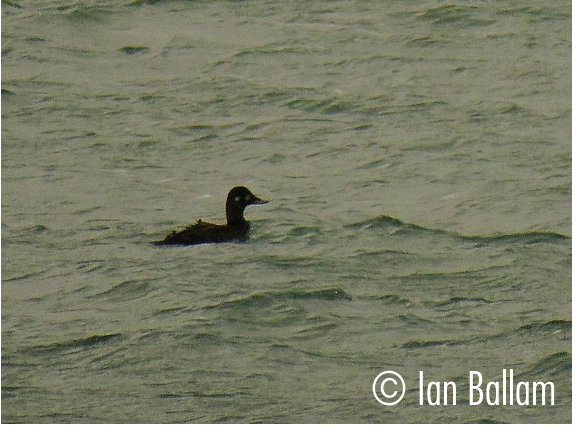
Water Pipit
Latin Name
Anthus spinoletta
Status
Passage Migrant & Winter Visitor
Site And Records Information
Lytchett Fields is by far the best site to try for Water Pipit, any time from October to March. Participation in a nationwide colour-ringing project saw 11 new Water Pipit ringed at Lytchett Fields during the winters of 2020/21 and 2021/22. A 1cy bird ringed ‘1K’ in 2020 returned in 2021 which is the first confirmation of winter site fidelity of Water Pipit in the UK.
The Wytch Causeway is another reliable site, but it’s worth checking any wet marshy fields, with open pools during the winter. A maximum of 50 on Wareham Water Meadow on the 9th December 1984 is a very high count. Typically sightings these days refer to just 1 or 2 individuals.
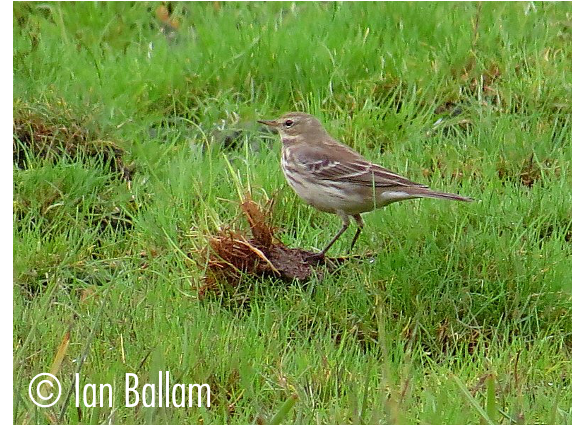
Water Rail
Latin Name
Rallus aquaticus
Status
Resident
Site And Records Information
A tricky bird to see due to it’s shy nature, but recent surveys proved that there were many more breeding pairs than first thought. It was discovered that 211 pairs were known to breed within Poole Harbour and not just 12 as first predicted by the RBBC. Patience is a virtue and sitting and watching the edge of any reed bed around the harbour could eventually produce Water Rail. Best located by familiarising yourself with their call. However, the best time to see them in the open is during freezing weather. Lytchett Fields, Sunnyside Pools, Swineham and Brownsea are all good places to try and see Water Rail.
The harbour maximum is of 28 birds seen together (including fledged young) in Lytchett Bay in 1996.
Birds of Dorset state “notable counts included up to 50 around Little Sea in winter 1987, at least 30 at Lytchett Bay in autumn 1984” In 1991, Studland Warden Rees Cox estimated a winter population for Studland of between 50 and 80 birds, if this is correct birds wintering in the harbour may number between 200 & 1000.
New evidence is also emerging through nocturnal migration recordings that Water Rail are very regular and vocal nocturnal migrants across the harbour. Numerous night recording stations have picked up the calls of migrating/dispersing Water Rail above habitats you’d never expect to see one including the tip of Ballard Down and Poole Town Centre!
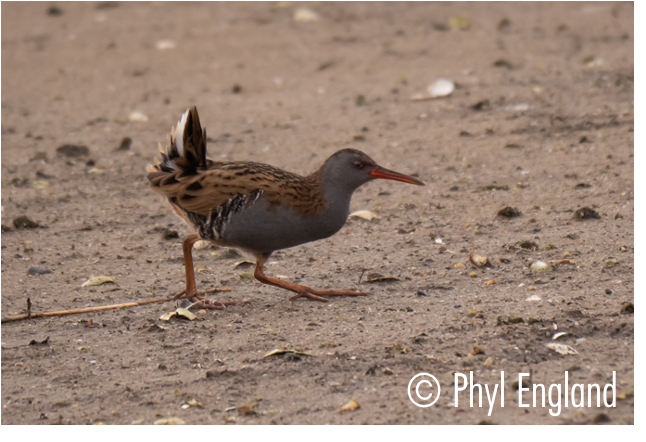
Waxwing
Latin Name
Bombycilla garrulus
Status
Scarce Winter Visitor
Site And Records Information
It seems every 4-5 years the UK gets large irruptions on Waxwing which coincides with Poole Harbour sightings. Within the boundaries the Poole Sainsbury’s car park was a real hit with 100 birds feeding on the Rowan in winter of 2010/11. Lytchett Bay, Upton and Hamworthy all recorded birds. Broadstone, Canford Heath and Parkstone seem to be favoured feeding zones with a whopping 460 at Canford Heath on the 24th January 2004.
Recent Records
2016
East Holme 1 on 29th Oct.
2017
Broadstone 4 between 11th-16th Mar, perhaps the Corfe Mullen flock. Canford Heath 1 on 16th Jan.
Canford Bottom/Magna 3 on 2nd Mar, perhaps the same birds at both places.
Poole Up to 9 on 9th & 10th Feb, mainly in the Ringwood Road area; then 4 on 11th Mar.
2019
Wareham 5 at Carey Road, Northport, on 30th & 31st Jan.
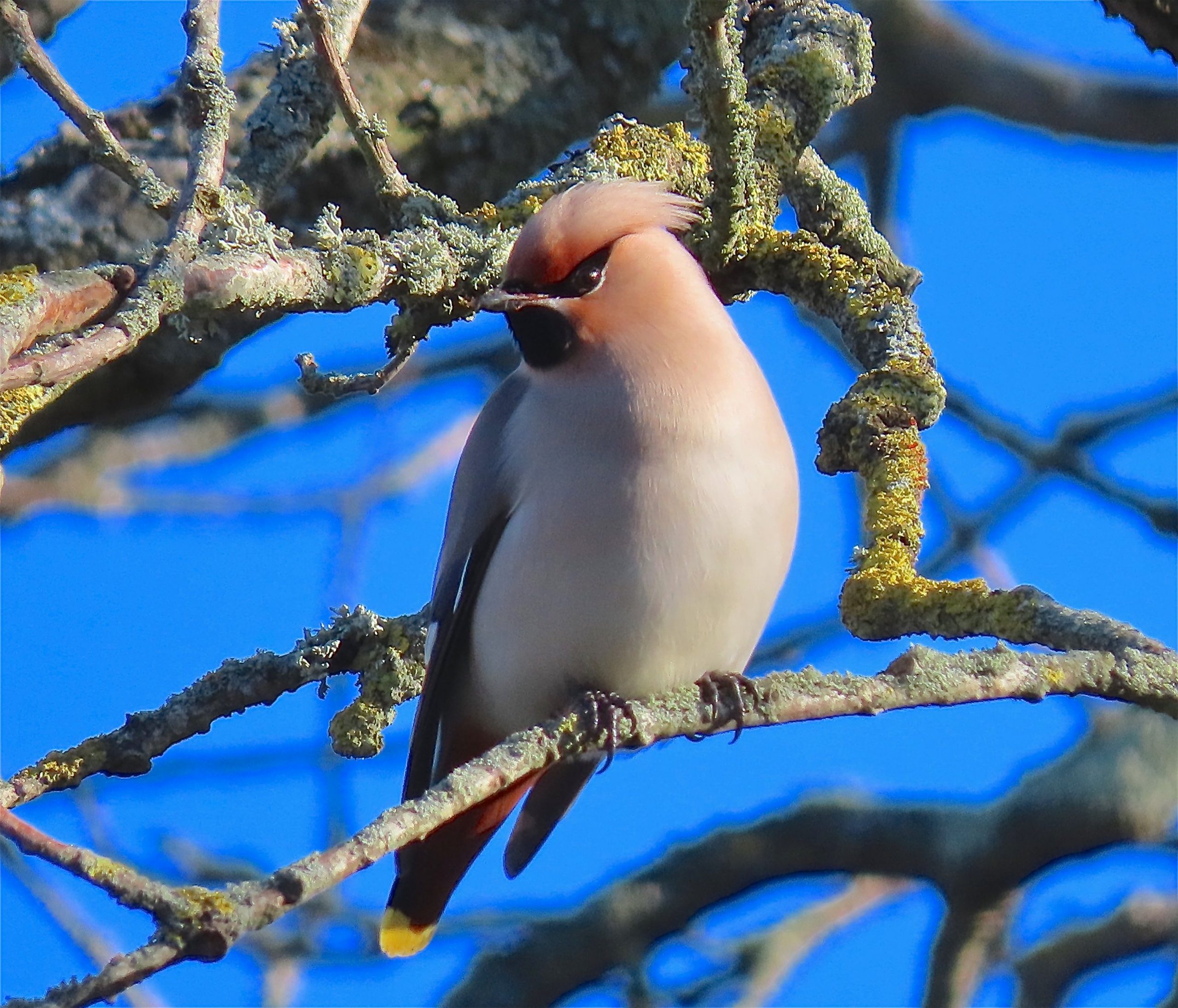
Western Sandpiper
Latin Name
Calidris mauri
Status
Vagrant
Site And Records Information
1 from 28th September to 15th October 2004 on the Brownsea Lagoon. This was the 10th British record and was enjoyed by over 1500 happy bird watchers making both the island and the ferry companies a healthy profit at an otherwise quiet time of year.
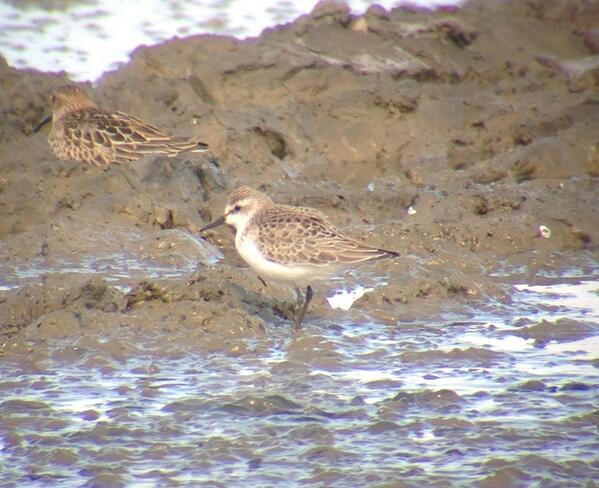
Wheatear
Latin Name
Oenanthe oenanthe
Status
Summer Visitor & Passage Migrant
Site And Records Information
Arrives from mid March onwards and can pass through on a broad front across the harbour meaning they can turn up anywhere. Falls of 10+ birds can occur at Arne, Lytchett Bay, Ballard Down, Studland, Sunnyside, Bestwall and other sites. Autumn passage is strong too with most places hosting Wheatear at some point. Breeding has occurred up on Hartland Moor twice in the last three years. Also recorded in Poole Harbour each spring and autumn is the sub-species Greenland Wheatear
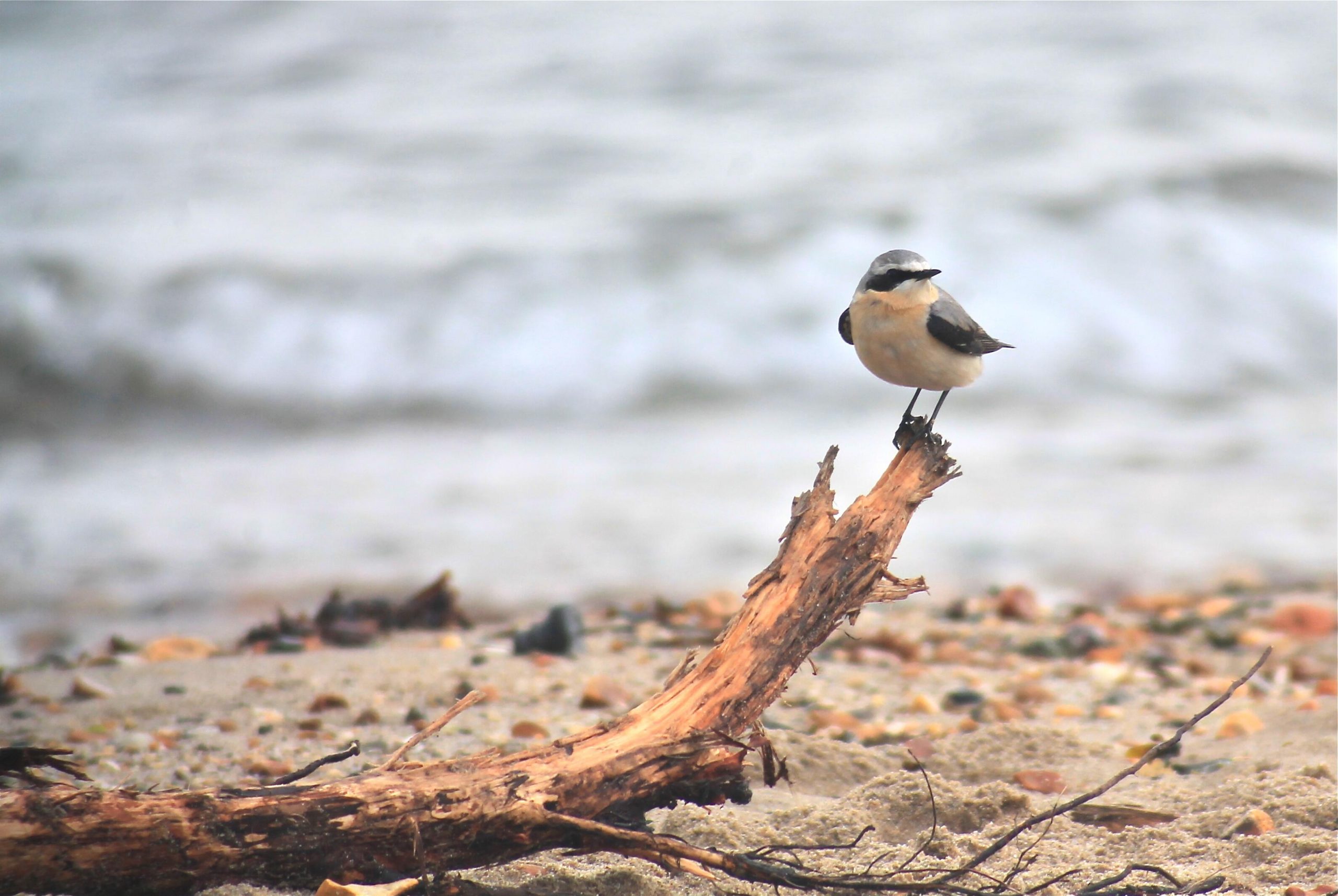
Whimbrel
Latin Name
Numenius phaeopus
Status
Passage Migrant & Scarce Winter Visitor
Site And Records Information
Large flocks of Whimbrel used to stop off in certain parts of the harbour with counts of up to 200 being quite common out on Wareham Moors. Birds now filter through in much smaller numbers on their way north with Holes Bay, Lytchett Bay, Brands Bay and Arne occasionally reaching double figures. Autumn passage is good too with birds passing through the same sites from late July and all the way through August. In the spring, the calls of Whimbrel can be heard during the dead of night as they migrate overhead as they head north and south.
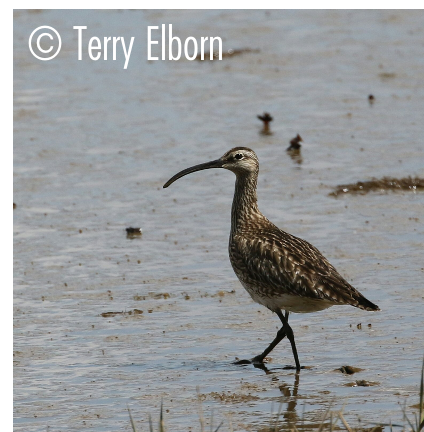
Whinchat
Latin Name
Saxicola rubetra
Status
Passage Migrant
Site And Records Information
Only recorded on passage from April through to September. Ballard Down, Hartland Moor and Lytchett Fields in September are hotspots, with other regular sightings at Greenlands Farm, Studland, Arne, Sunnyside Farm and Lytchett Bay but could potentially turn up at any rough scrub/heathland habitat during peak migration times. Spring sightings are scarcer but breeding plumaged males are always a joy to find on a warm April day.
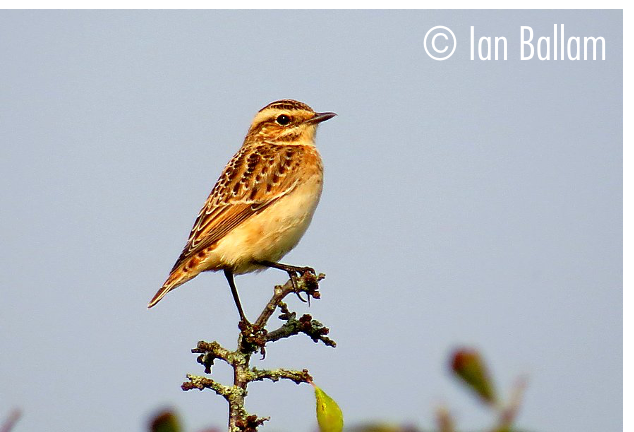
Whiskered Tern
Latin Name
Chlidonias hybrida
Status
Vagrant
Site And Records Information
1 on 10th April 2011 at Swineham GP. This was the first Poole Harbour record and arrived on the same day as Woodchat Shrike in Lytchett Bay. Also in the county that day Red-rumped Swallow and Short-toed Lark at Portland showing a decent fall of scarce migrants.
White Stork
Latin Name
Ciconia ciconia
Status
Rare Visitor
Site And Records Information
To date there have been 13 Poole Harbour records, almost all of which have occurred in the Frome Valley. The open, vast areas of Bestwall, Arne Moors and Swineham provide excellent habitat for White Stork. Now with ‘wild breeding’ occurring at the Knepp Estate further along the South Coast, will this handsome and obvious bird become an annual visitor to the harbour?
2 on the 2nd April 1884 around Arne
1 seen near Ridge from 22nd to 27th April 1976.
1 flew over Arne towards Wareham meadows on the 28th April 1984.
2 flew over Godlingston Heath towards Arne on 1st May 1993.
1 spent most of the day at Bestwall on 21st June 2001 but was sadly only enjoyed by a select small group of birders due to the Foot and Mouth restrictions
1 over Bestwall 12th July 2008
1 on Arne Moors 13th April 2010
1 on Wareham Water Meadows September 25th – October 4th 2010
1 over Stoborough heading west – May 1st 2018 (N.Hopper)
1 on Sept 6th – 13th 2019 on the Sunnyside Scrape. A ringed individual from the Knepp reintroduction project (J.Mitchell et al)
1 on April 10th 2020 heading up Piddle Valley (J.Parker). Logged again on April 15th 2020 in Frome Valley
36 over Brands Bay and Ballard (multiple observers) 16th Sept 2021. A migrating flock heading south as a result of the Knepp White Stork reintroduction.
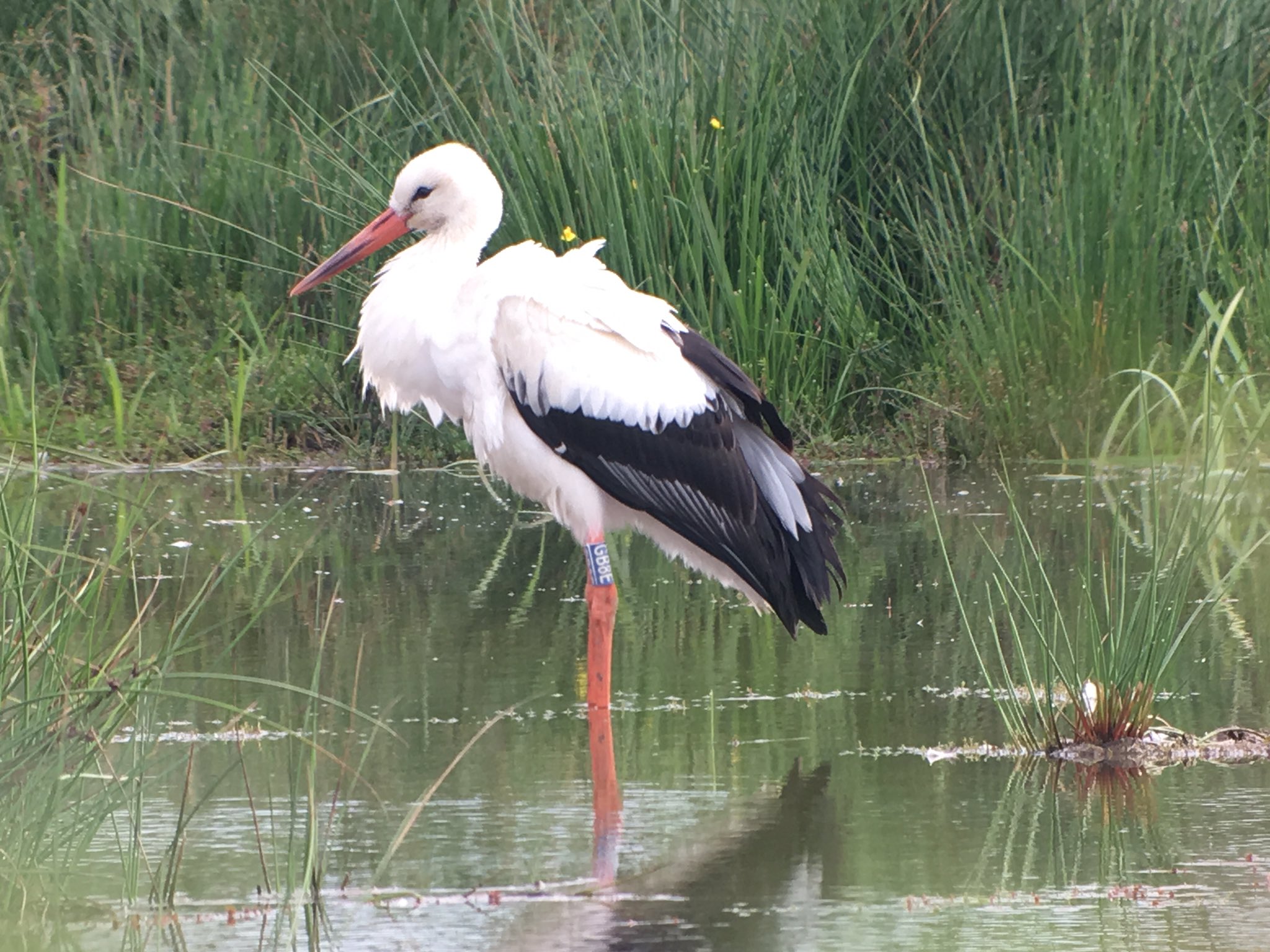
White Wagtail
Latin Name
Motacilla alba alba
Status
Passage Migrant
Site And Records Information
Probably under recorded but passage is evident in spring and winter with birds recorded at South Haven, Godlingston, Arne, Wareham Water Meadows, Lytchett Bay, Upton Country Park and Ballard.
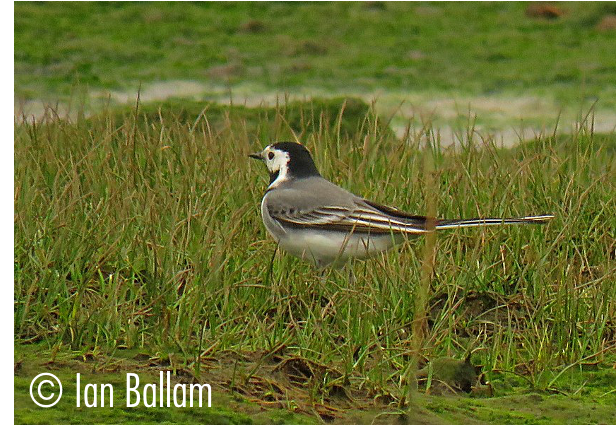
White-fronted Goose
Latin Name
Anser albifrons
Status
Scarce Winter Visitor
Site And Records Information
They used to nearly be annual but numbers vary with the weather and with warmer winters, are becoming much scarcer. During periods of cold weather the best places to look are Bestwall, Arne, Middlebere, Swineham and the Frome Valley. Birds normally arrive in late December or early January the earliest record is of six NW over Studland on 14th October 1992. Previous counts have included the harbour maximum of c.300 in Poole Harbour on 12th February 1963. 200 in Poole Harbour in the winter of 1979 at Bestwall. Arne saw 250+ on January 4th 1981 and 225+ on 17th January 1982. In mild winters sometimes the only records has been of injured birds with one at Lytchett Bay staying until 15th June 1997 when it moved to Arne and stayed to 29th June 1997.
Most recent records.
2 on 16th February at Swineham GP
1 on 22nd October 2010 at Baiter
19 on 10th January 2011 at Bestwall with numbers dropping to 6 by the 18th of January
6 on 19th November 2018 west along Middlebere (D.Lister)
1 on NW corner of Arne Moors Dec – Jan 2018/19 (P.Morton et al)
2 Brand’s Bay on 26th Nov 2016.
3 on 19th Nov, 1 on 9th & 11th Dec 2018 Arne RSPB
1 juv from 8th to 31st Dec at Swineham GPs . Also seen at Arne Moors RSPB, Bestwall RSPB and on the meadows between Stoborough and Wareham.
Swineham GPs The juv from 2018 stayed into 2019 acquiring adult plumage. It was last seen on 29th Nov, occasionally also visiting Arne Moors RSPB and Bestwall RSPB.
2 flew through the harbour entrance and then landed briefly at Holes Bay on 7th Jan 2021.
5 flew over Lytchett Bay on Jan 31st 2021
1 on Brownsea Lagoon 19th Feb 2021
White-rumped Sandpiper
Latin Name
Calidris fuscicollis
Status
Vagrant
Site And Records Information
Strangely one of the rarest North American sandpipers to occur in Poole Harbour with only one record, even though White-rumped Sandpiper is actually one of the most frequently encountered nationally only just behind Pectoral, Buff-breasted and Semipalmated Sandpiper. Like many other ‘Poole Harbour firsts’ Brownsea Island was the location for the harbours first White-rumped Sandpiper.
Just one record of 1 on 22nd-24th August 2007 on the Brownsea Lagoon (G.Armstrong and I.Prophet)
White-tailed Eagle
Latin Name
Haliaeetus albicilla
Status
Vagrant
Site And Records Information
Well, what does the future hold for this species in Poole Harbour now that there’s a reintroduction scheme taking place just across the water on the Isle of Wight?!
Historic records of this species involve a pair that frequented the Rempston Woods in 1860, one of which was trapped there by the gamekeeper and the other which was shot at Lulworth soon afterwards.
Recently, a sighting of a large eagle species in 2008 over Hartland Moor was thought to be a White-tailed Sea Eagle but sadly couldn’t be confirmed.
However, with Isle of Wight reintroduction now underway (summer 2019), and a planned 60 birds to be released, it’s hoped/assumed that sightings and perhaps even breeding attempts will become a regular occurrence over the next 10-20 years. On April 15th 2020, the first appearance of one of the ‘project birds’ from the IOW appeared in the harbour but ironically wasn’t seen by anyone (despite it’s colossal size) with it’s presence only known due to the sat-tag data it transmitted later that day showing its route as it traveled over Sandbanks, Brownsea, up Middlebere, over Ridge and then west all the way down to Exeter.
In 2022 White-tailed Eagles from the IOW project are now regular with several semi-resident and plenty more transiting through as they move their way to other areas. The Wareham Channel and around the Arne peninsular seem to be current favoured areas along with occasional visits to the Brownsea Lagoon to cause havoc.
In 2023 a pair established a territory in the west of the harbour, with G466 (female) and G463 (male) first meeting in late February of that year. During the spring and summer of 2023 they developed their bond and spent the summer establishing their territory together. It’s hoped that they may attempt to breed in 2024.
White-winged Black Tern
Latin Name
Chlidonias leucopterus
Status
Vagrant
Site And Records Information
The first Poole Harbour record was in 1964 with no records then for 40 years. Then there were three in three years 2013,14 and 15. The best places to check are Swineham GP but also in amongst feeding tern flocks off the southern Brownsea shoreline on a running tide, also on the Brownsea Lagoon.
1 on the 3rd June 1964 on Brownsea Island
1 1st-winter on 15th – 16th September 2013 at Swineham GP (MJ Lawson, P Moore et al)
1 juv on 10th – 11th September 2014 off Brownsea watched from the House Boats (G Armstrong et al), relocated at Swineham GP that evening (A Brown et al) and was present early the next morning only
1 2cy from 2nd-4th June 2015 at Swineham GP in near full breeding plumage (I Alexander et al)
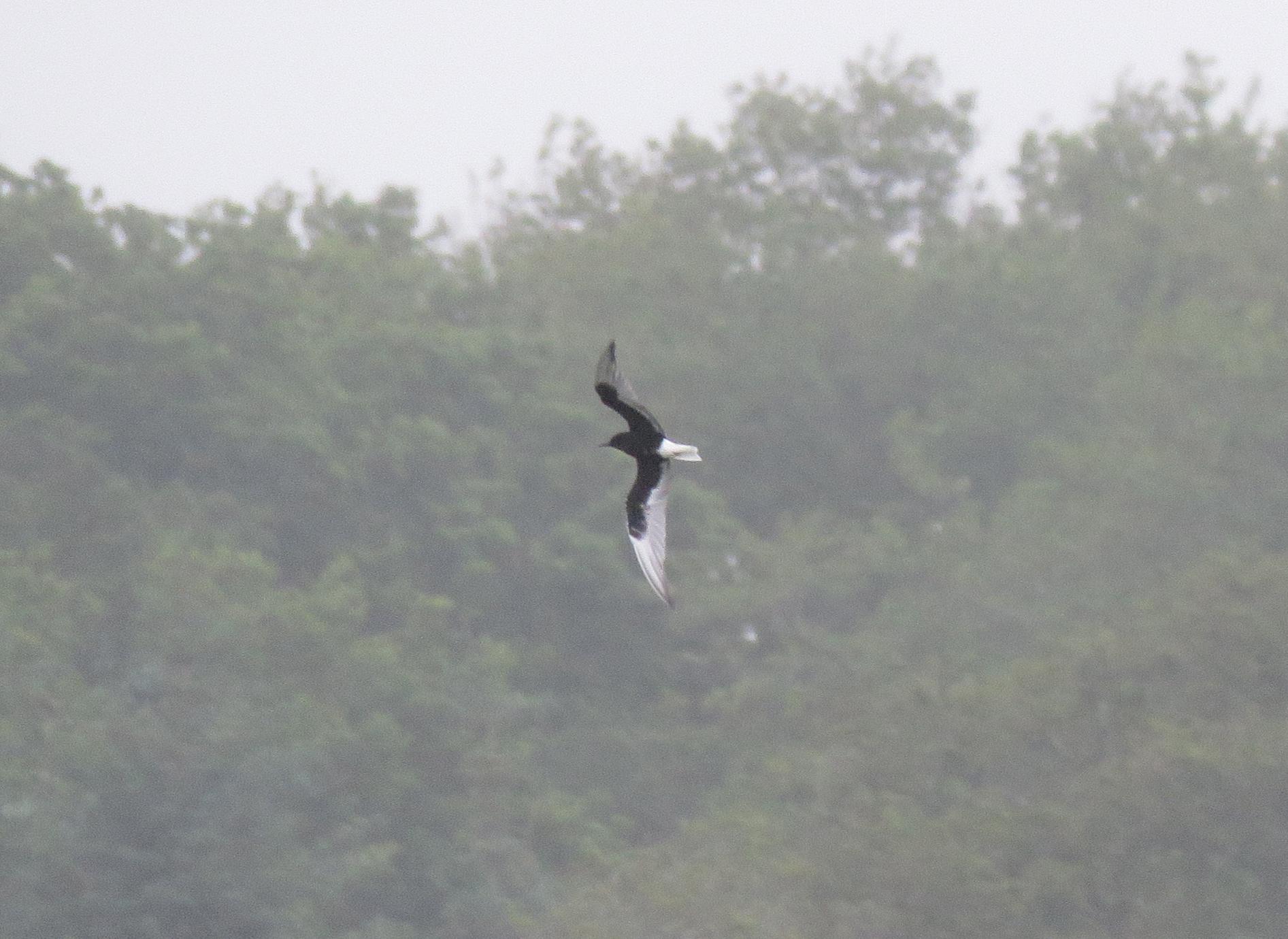
Call 01202 641 003
© 2024 Birds of Poole Harbour Registered Charity No. 1152615

